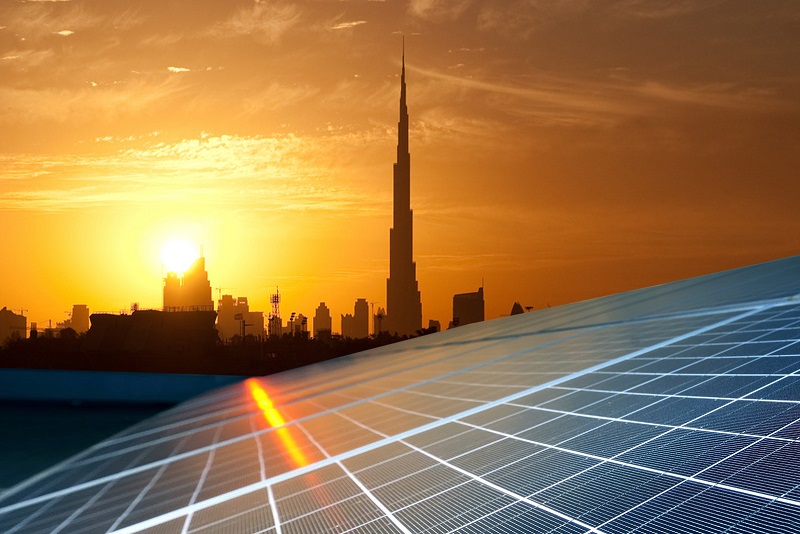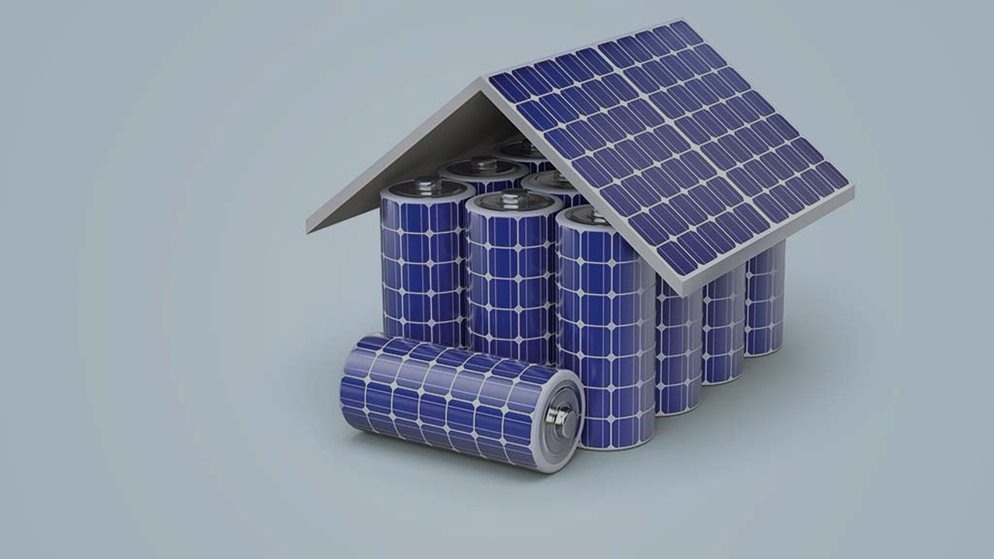There’s large-scale, and then there’s Indian-scale. Until recently, there were moves to ensure that all passenger vehicles sold by 2030 were electric vehicles (EVs). The latest reports suggest that instead of a mandate or target, the government should focus on an enabling framework for EVs. Either way, there should be millions of them on the road in the coming years.
Most worries hinge on battery costs and manufacturer readiness. That should come, driven not just by India but by global EV trends. A more India-specific concern will be that of the electricity grid. Can it handle this demand? How does this help the environment if most power comes from coal-fired power? A simple answer given by many is that we will use solar photovoltaics (PV) to charge EVs. This marriage of EV and PV is much harder than people think, but concerted action and policies that rethink electricity’s ecosystem and pricing, can make EVs both greener and cheaper to run.
Is solar power viable?
Renewable energy (RE), primarily wind and solar, as deployed today is intermittent and opportunistic—take it when you can. Solar power has a well-known bell-curved shape for maximum possible output, with a peak around noon, falling to zero output by night. Therefore, for anyone plugging in an EV, or even switching on a light bulb, this means that RE may at best contribute some fraction of energy at different times (the wind often does blow overnight). Location doesn’t matter so much if we assume an integrated national grid, since electrons are fungible. No grid-based consumer can easily tell whether their consumption is from a particular source of generation—it’s all blended. RE supplies about 6.6% of generation today, on average. As RE grows, through equally ambitious government targets of 175 gigawatt (GW) of RE by 2022, its share may become almost 20%.
India’s first EVs are likely to be fleet vehicles, especially taxis, buses, etc. When are they likely to plug in to charge? They are unlikely to be stationary and plugged in midday. Even for personal vehicles, a lot of charging may happen at home, especially overnight, in the absence of ubiquitous EV charging infrastructure—building such infrastructure in India is harder than in many countries due to land and grid limitations.
Overnight charging is good in many ways, since it can use off-peak and “surplus” power, and less expensive, lower- speed charging may suffice, compared to expensive fast-charging technology. But overnight also rules out solar energy, except in a yet unproven model of battery swapping, which may anyway be geared more towards selected fleet vehicles.
A subtler question is what will be the source of additional supply into the grid, i.e., what is the swing producer? RE should never be a swing producer as it is fleeting (use-it-or-lose-it) and a swing producer, by definition, has to be available on-demand. While in the US it is natural gas, in India it is coal. Hydropower is limited to the monsoon, so any additional generation, even if available, must be compensated with lower output some other time. This means all incremental demand in the short run will be met from incremental fossil fuel.
Making a greener grid
EVs can and should use RE as much as possible. If we have EVs sooner than “surplus RE”, we can still use coal—while not ideal from a carbon perspective, during lean periods it is the cheapest power available. Its fuel-only incremental costs could be as low as one rupee per kilowatt-hour in some places, far cheaper than new RE. Moreover, it may be a blessing in disguise for the power sector as a whole where coal-based generation assets are stressed due to low demand, reaching historically low utilization factors. Plus, domestic coal supplies most of our power, unlike with oil. A scholar famously termed EVs as EEVs—emissions elsewhere vehicles. But “elsewhere” may still be worthwhile, given that point sources like coal plants are easier to clean up than millions of cars, reducing India’s palpable air pollution. This outweighs today’s minimal improvements in carbon emissions.
Time-of-day pricing is missing today. Without this, we cannot have signalling to purposely make demand vary to match supply conditions. Such responsiveness is a hallmark of the “future grid”, which is in contrast to today’s grid, where we always need sufficient supply to meet uncertain and varying demand. Time-of-day pricing will take time to roll out for households, but EVs offer a good opportunity for creating a new category of electricity consumption. This should inherently have a dynamic tariff, which can utilize surplus power whenever and from whatever source that may be. This can make EVs a win-win for consumers and utilities.
Today, nothing stops consumers from plugging in EVs during the grid’s evening peak period. How bad could this be? Ongoing analysis led by my colleague at Brookings India, Mohd. Sahil Ali, indicates the ratio of grid impact between worst case (all consumers plug in at the same time) and best case (the charging is spread out as much as feasible to still meet weekly usage and duty cycles of kilometres) can be over 36 times. The right policies can help determine which end of this range EVs fall on in terms of grid impact. More than a manufacturing-centric EV policy, we need a set of ecosystem-level EV policies. Otherwise, at best, we’ll emit more carbon, but, at worst, our already-straining electricity grid could be pushed to near breaking.
Source: http://www.livemint.com/Opinion/qhtBhHzQzkXGnbWsI70n9H/What-will-fuel-Indias-electric-vehicles.html


